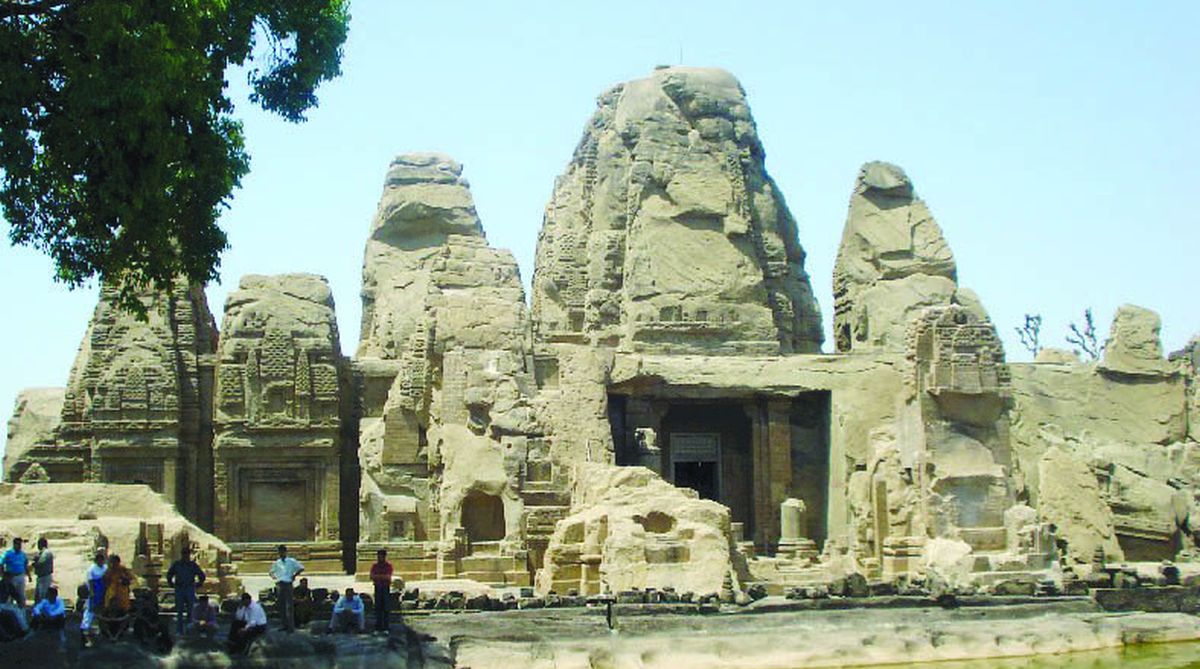India’s Got Latent: SC issues notice on YouTuber Ashish Chanchlani’s plea against FIRs
SC issues notice on YouTuber Ashish Chanchlani’s plea to quash or transfer FIR in India’s Got Latent case; tagged with Ranveer Allahabadia’s petition.
More critical than the fine imposed by the Supreme Court last Friday is the concern articulated by the Bench over what it calls the “mushroom growth of frivolous litigation petitions that should be nipped in the bud”.

representational image
More critical than the fine imposed by the Supreme Court last Friday is the concern articulated by the Bench over what it calls the “mushroom growth of frivolous litigation petitions that should be nipped in the bud”. The Bench (coram: BR Gavai and Hima Kohli, JJ) has underlined the imperative that development activities must not be affected by such litigation. The issue at hand was as emotive as it is profoundly religious, and the court has drawn a fine distinction between the ambience of a temple and the imperative to ensure that public utilities are in place.
In effect, the Bench has cleared the decks for the Odisha government to proceed with the construction of essential public utility services such as toilets and drinking water facilities in the Jagannath Temple complex in Puri. Not that these essential facilities will militate against the spirit of the shrine. Far more vitiating has been the occasionally chaotic behaviour of the pilgrims and the inherent hostility of the servitors. Friday’s order is no less a setback for the Archaeological Survey of India.
Advertisement
The construction activities were challenged by the petitioners on the ground that they were in contravention of the provisions of the Ancient Monuments and Archaeological Sites and Remains Act, 1958. Six decades after the enactments were adopted, the Supreme Court has held that “we have no hesitation in holding that the activities undertaken by the state are completely in tune with the directions issued by the three-judge Bench of this court in 2018 in the case of Mrinalini Padhi. They are necessary for the larger public interest and there is no prohibition in the statute for doing so, as sought to be argued by the appellants.”
Advertisement
The Bench was explicit on the point that the competent authority had complied with the procedure and the National Monuments Authority has granted its permission for the work which has been undertaken. Jagannath Temple, the 24 X 7 nerve centre of Puri, is safe.
The fundamental needs of the visitors, most particularly the devotees, have been protected. The third facet of the court order must be that “frivolous legislation” has been binned. Given the mounting backlog of cases, it is hoped the same yardstick will be followed with other litigation that reaches the Court’s doors. It certainly is a watershed development for the holy of holies in Puri.
It is fervently to be hoped that the Archaeological Survey of India will work in coordination with the government in Bhubaneswar. The Bench has let it be known that the state government was “requested to keep the entire design simple in tandem with the spiritual nature of the entire temple complex”.
Advertisement